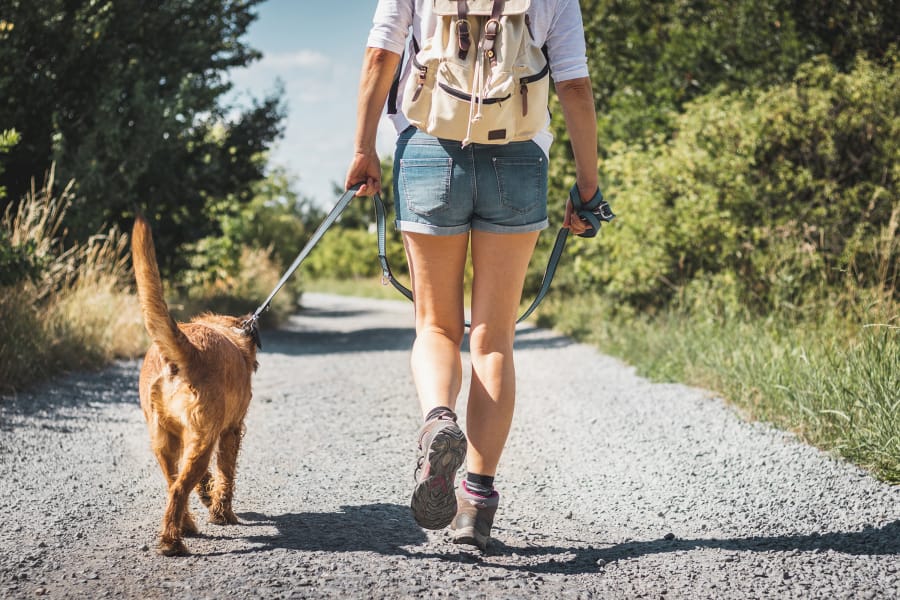COLORADO SPRINGS, Colo. — Hiking trail leash laws seem to be some of the most obviously ignored rules in the outdoors. While Fido might seem to enjoy leaping through the wild without a restraint, this poses a number of risks to your pet, the environment, and other people on the trail.
Here’s a list of reasons why you should keep your dog leashed on a hiking trail:
1. To protect your animal from predators
Sure, your poodles might be descendants of the mighty wolf, but allowing them to travel the trail off-leash in a natural space still poses a number of threats. One major threat is that domesticated animals often tend to be targeted by predators.
Groups of coyotes pose a major threat to dogs, often brazen enough to attack in relatively populated areas and often not fazed by a dog’s size. While coyotes have been known to attack leashed dogs, keeping them close to you can act as a good deterrent. This also helps you avoid the risk of your dog triggering a predator while off-leash before fleeing to you with the predator behind in tow.



